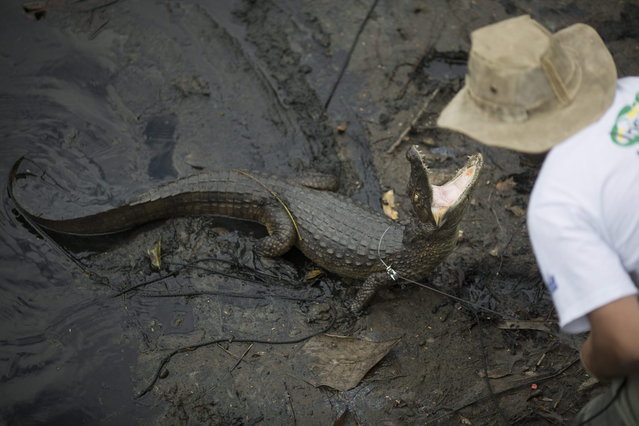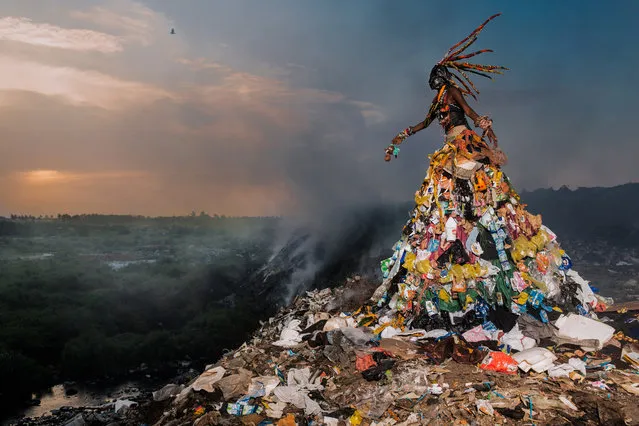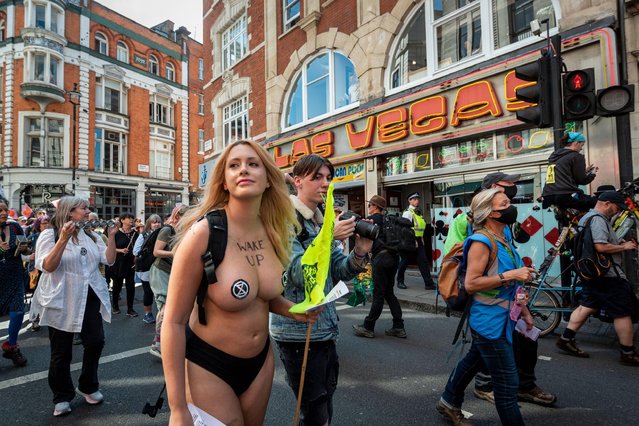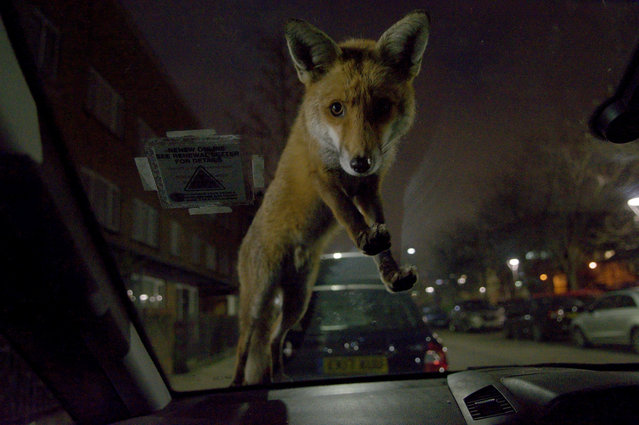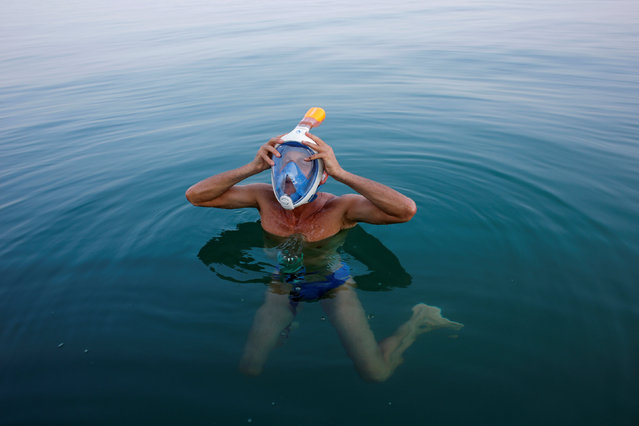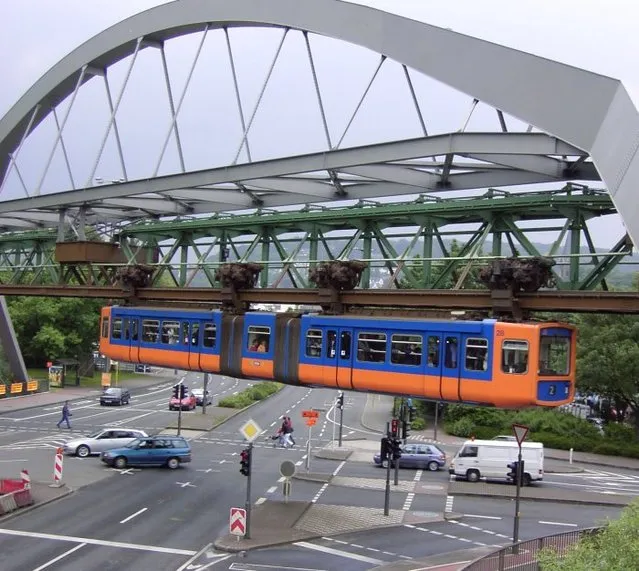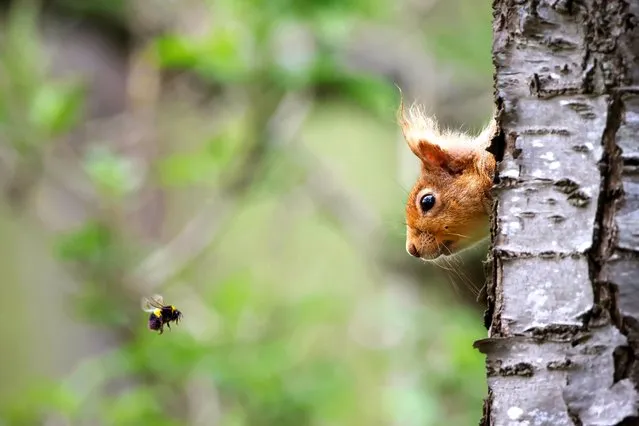
A bee and a red squirrel eyeball each other in the winning entry of the Mammal Society’s annual photography contest, taken by Gary Watson from Dingwall in the Scottish Highlands. (Photo by Gary Watson/Mammal Society/Bav Media)
07 Apr 2024 03:10:00,post received
0 comments

